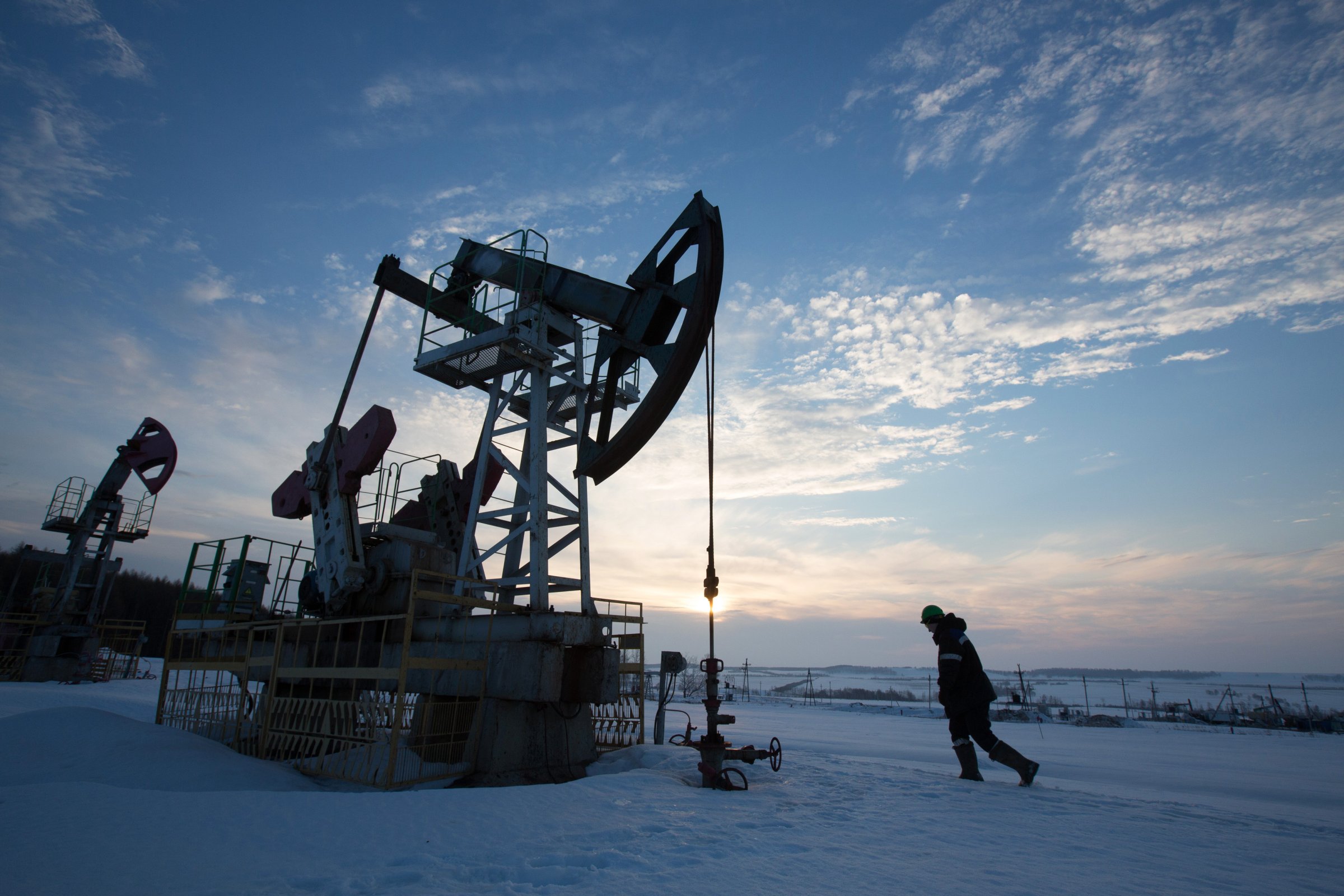
The production freeze meeting in Doha was a no-brainer but it ended mindlessly with no action taken.
OPEC plus Russia and Mexico met yesterday to agree to do almost nothing by freezing production. Instead, they agreed to do absolutely nothing leaving everyone wondering why they even held the meeting.
All that they had to do was agree not to increase oil production above levels in January. They could have modified that to current levels. Probably, that would have ensured that oil prices remain near currently inflated levels that were created mostly by expectation of a production-freeze agreement to begin with.
OilPrice.com: Will China’s Slowing Economy Stall The Silk Road Project?
It should have been a no-brainer because the Doha group’s production is already 130,000 barrels per day less than it was in January (Figure 1). Kuwait, Qatar, Russia, Mexico, Ecuador and Indonesia are all producing slightly more than they were in January but were prepared to go back to those levels.
Figure 1. Doha participants March vs. January 2016 crude oil production. Source: EIA and Labyrinth Consulting Services, Inc.
Iran is producing about 350,000 bpd more than in January and has stated its intent to raise output much higher. Everyone else is producing less or the same as in January.
But this has been clear for months. Iran called the idea of a production freeze“ridiculous” in February and did not even send a representative to the meeting in Doha.
OilPrice.com: OPEC Report Suggests Massive Oil Price Rebound
So, what was the point of the meeting?
The failure to reach any decision is consistent with OPEC meetings since the oil-price collapse began in 2014. That is because OPEC is divided along geopolitical, economic and sectarian lines. The Gulf Cooperation Council (GCC)–Saudi Arabia and the other states along the Persian Gulf not including Iran and Iraq–is a reasonably unified block that controls about half of OPEC’s production. These are largely wealthy Sunni monarchies.
Iran and Iraq are Shi’a republics that are not as economically well-off as their GCC neighbors. They control about a quarter of OPEC’s production. Russia is allied with these countries in Syria and elsewhere and is, therefore, no friend of the GCC nations. The other OPEC members have little in common except their general economic desperation and dependency on oil revenues.
So, on one hand, the failure of the Doha meeting reflects the dysfunction of OPEC. On the other hand, this is nothing new and the prospect of failure was clear if not inevitable before the meeting took place.
We must, therefore, view the Doha meeting and production freeze idea as theater. It’s the latest cliff-hanger episode of a B-rated TV melodrama designed to disappoint and even annoy but guaranteed to make you watch the next show.
OilPrice.com: 200M Barrels Of Oil Sit In Idle Tankers Waiting To Unload At Chinese Ports
WTI and Brent futures are down more than $1 per barrel and will almost certainly to fall lower. But exporting countries have realized a windfall for 2 months based on hope for a freeze that I called meaningless when it first surfaced. In a few weeks, they will float the idea again and prices will increase.
Eventually, there will be a production cut perhaps at the June OPEC meeting. It will probably not include Iran. What a surprise.
Anyone who thinks that OPEC no longer controls market prices needs to think again. Anyone who thinks that U.S. shale producers are the new swing producers that are showing OPEC a thing or two needs an intervention of some kind.
This article originally appeared on OilPrice.com
More Must-Reads from TIME
- Donald Trump Is TIME's 2024 Person of the Year
- Why We Chose Trump as Person of the Year
- Is Intermittent Fasting Good or Bad for You?
- The 100 Must-Read Books of 2024
- The 20 Best Christmas TV Episodes
- Column: If Optimism Feels Ridiculous Now, Try Hope
- The Future of Climate Action Is Trade Policy
- Merle Bombardieri Is Helping People Make the Baby Decision
Contact us at letters@time.com